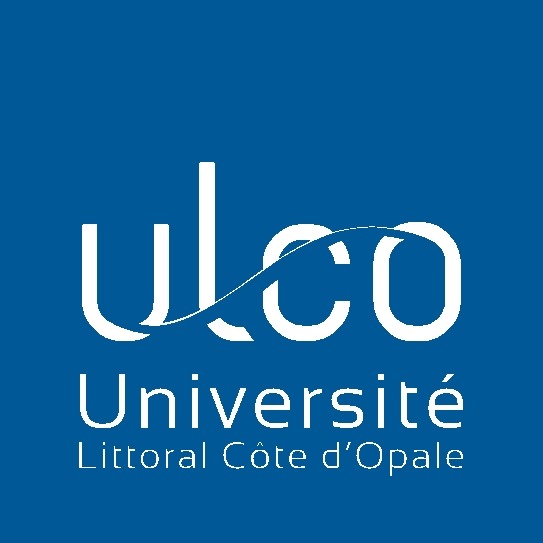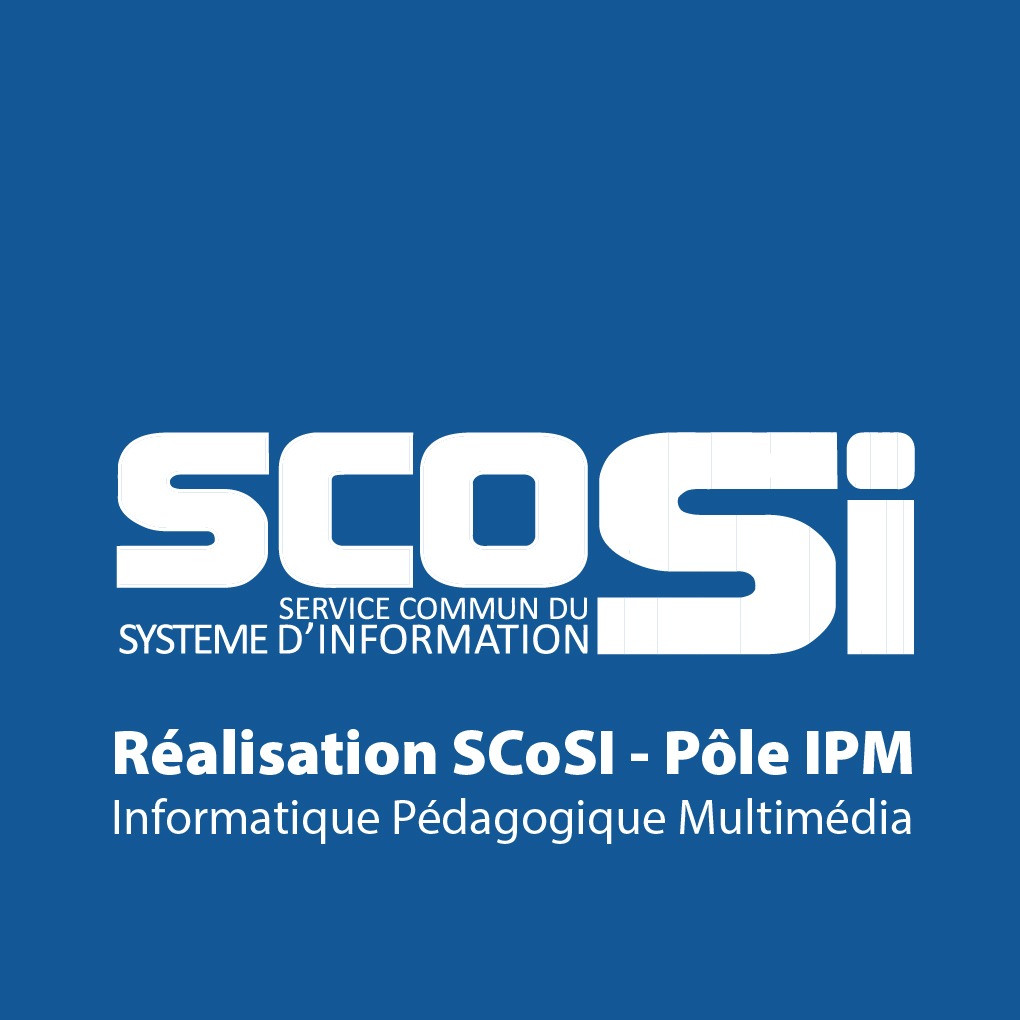The European space projet, prospective and science fiction
Since the Cold War, the conquest of space has been a power issue that arbitrates international relations. In this context, Europe is developing a policy based essentially on the projects of the European Space Agency (ESA). It has successfully developed the Ariane launcher, sent the Mars Express mission to Martian orbit in 2003, and in recent years has developed the Galileo program in collaboration with the European Union (EU). This geolocation system aims to compete with GPS and guarantee continental autonomy in this sector. The EU and ESA could however be brought closer together, or even merged, in order to make the decision-making process more efficient in the space sector. New private players have emerged since the early 2010s. The New Space is a new organization from the United States based on the liberalization of this economy. In the medium term, large agencies like NASA and ESA will play a less important role, benefiting private companies. They envision the colonization of the Moon and Mars, the mining of asteroids, space tourism, and many other activities for the purpose of profit and the development of interplanetary capitalism. Elon Musk, who plans to create a city of a million people by the end of the century on Mars, even speaks of a multiplanetary civilization. The Americans have taken a considerable lead in this sector, and Europe has an interest in collaborating with them on many projects. However, it must also think about developing its own industry, and creating continental champions capable of thriving a space economy in the future. At present, ESA is an intergovernmental institution, which could evolve towards a supranational structure in order to be more efficient. It must also ensure that it develops an imagination conducive to research and the conquest of space in Europe in the coming decades.
If pragmatism has been a specificity of the decision-making process in this sector for many years, it becomes urgent to ensure the development of a creativity and an imagination conducive to the elaboration of projects, prototypes and design fictions inspired by science fiction. Young people could thus be called upon to produce fictions, with the aim of determining the trajectories to be adopted to optimize the chances of success of European industry in the future. The technical imaginary is indeed an important factor in the success of an R&D policy. Engineers and scientists use science fiction, for example, to inspire themselves and create new concepts. The imagination, at the origin and stimulated by the imaginary, is thus for thinkers like Bachelard, Durand or Holton at the origin of scientific ideas. The imagination is an increasingly important element of innovation, and ESA was aware of this from the start of the 2000s. It commissioned the ITSF report from the Maison d’Ailleurs, the Swiss science fiction museum, in order to collect the concepts of works of fiction, novels, films or video games. The goal was to feed their researchers with new ideas that could give rise to prototypes, or inspire new scientific theories. Design fiction is increasingly used by organizations to innovate. Space agencies like ESA are aware of the need to probe and create imagination.
To communicate effectively, especially through storytelling, it is strongly recommended to exploit the science-fiction universe and aesthetics. The genre is indeed very popular, as shown by the success of blockbusters like Interstellar or The Martian. The conquest of space is making people dream, who are motivated to finance new missions if they perceive its concrete applications, especially in short films broadcast on the Internet. Luxembourg, in line with the United States, wanted a modification of international law, to allow the appropriation of celestial bodies by companies or states. The objective is to develop in the medium term the exploitation of asteroids and a space industry which could generate billions of euros in profit. In the longer term, the metals extracted could fuel the construction of life structures and the development of cities, or even a civilization on the Moon, on Mars, or in space stations, as in the film Valerian and the city of a thousand planets. Thinking about the interplanetary expansion of the human species requires an effort of imagination which Europe must encourage if it is not to miss this major issue for its near and far future.
By Thomas Michaud, CNAM, RNI
More :
 |
LE PROJET SPATIAL EUROPÉEN, ENTRE PRAGMATISME ET IMAGINATION Thomas Michaud Collection : L’esprit économique – Economie et Innovation – L’Harmattan |



